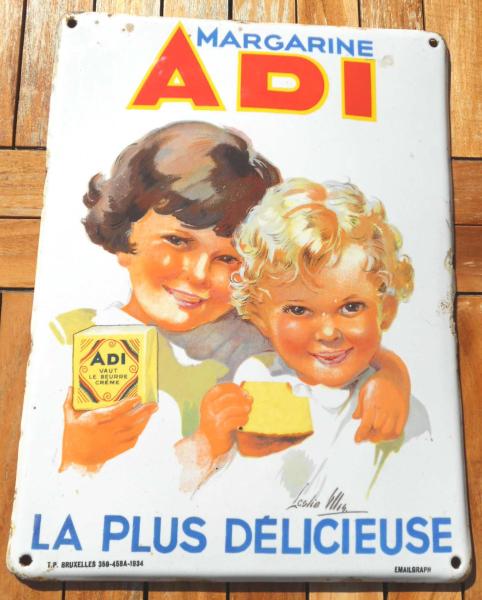- Read offline
- Access all content
- Use the in-app Map to find sites, and add custom locations (your hotel...)
- Build a list of your own favourites
- Search the contents with full-text search functionality
- ... and more!
margarine
the butter substitute invented in France

The year was 1869, and there were food shortages across France. Emperor Napoleon III declared there would be a prize for whoever could invent a long-lasting substitute for butter (corps gras semblable au beurre, mais de prix inférieur, apte à se conserver longtemps sans s'altérer en gardant sa valeur nutritive) to feed his armies.
A French chemist named Hippolyte Mege-Mouries won with his beef tallow, milk and water based creation he called ‘margarine’ from the Greek μάργαρον, márgaron or ‘pearl white’ combined with glycerine.
Commercially, however, it wasn’t a great succeess, and in1878, Mege-Mouries sold the patent to a Dutch company that eventually through mergers became Unilever.
In the early 20th century, shortages of beef fat and lard led to the creation of modern vegetable-based easy-to-spread margarine. Today there’s a wide choice...although most no longer use the word ‘margarine’ on the label.

Re the fat content:
margarine must have spreadable fats with a fat content greater than or equal to 80%
If it’s à teneur réduite en matière grasse or allégée it has fat content of 41% up to and including 62%.
If it’s à faible teneur en matière grasse or léger it has a fat content of 41% or less.
Images by Exocet64, Schilderjagd

